Here's how to personalise Windows 11 without Activating
3 min. read
Updated on
Read our disclosure page to find out how can you help MSPoweruser sustain the editorial team Read more
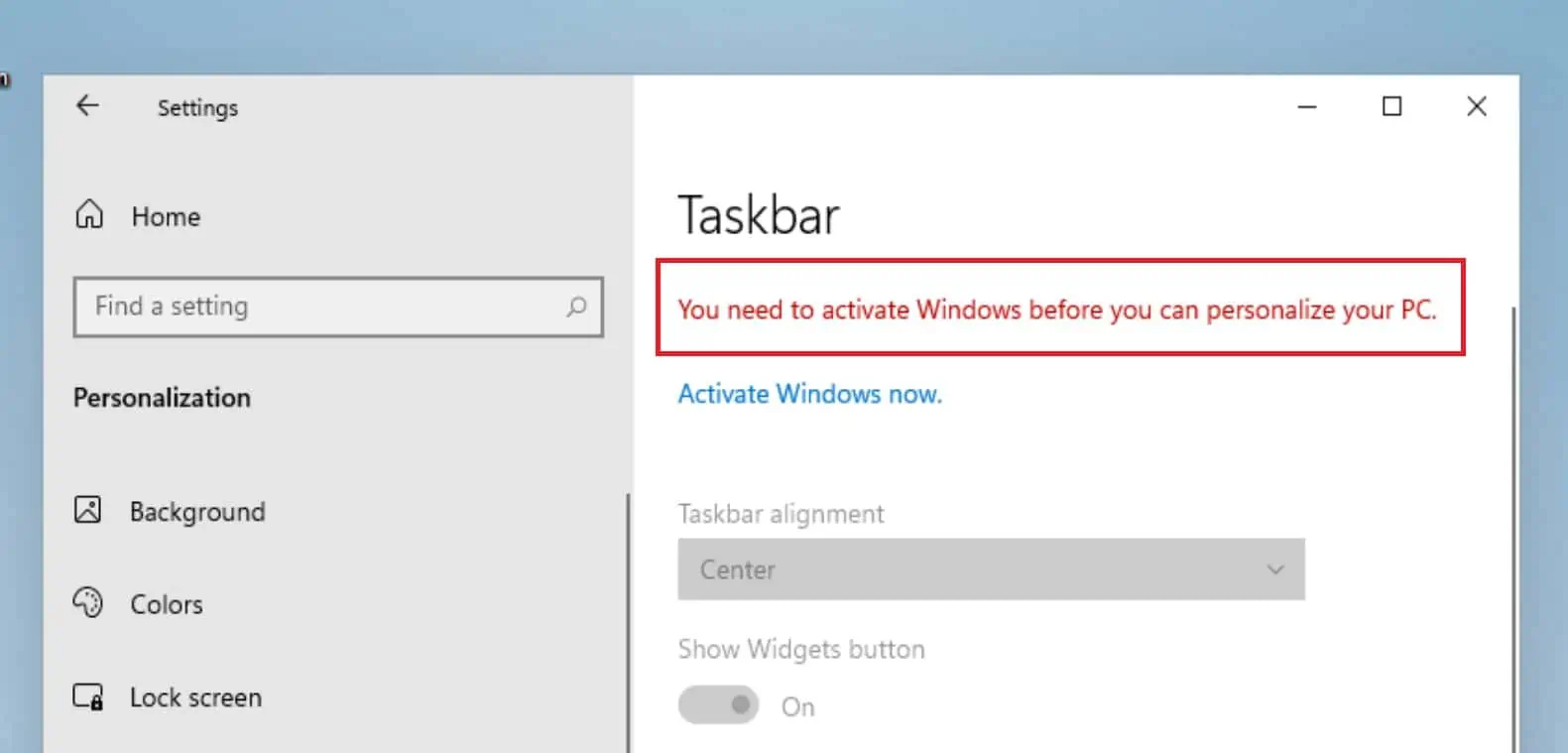
If you were appropriately cautious and installed the leaked version of Windows 11 in a Virtual Machine rather than on a PC that already ran Windows 10, you may have been unable to activate it, and consequently have been running into this error:
Fortunately, there is a work-around available if you still want to explore the new OS, and that involves a few regedits.
Using the Windows 11 registry editor, the following new customizations are available:
[lwptoc title=”Windows 11 personalization”]
Switch back to the Windows 10 ‘Classic’ Start Menu
The main differentiator between Windows 10 and 11 is the new Start menu, but if you prefer the old look, it is only a registry edit away.
To switch to the old start menu create a DWORD 32-bit value named ‘Start_ShowClassicMode’ under the following path:
HKEY_CURRENT_USER\Software\Microsoft\Windows\CurrentVersion\Explorer\Advanced\ "Start_ShowClassicMode"Possible DWORD 32-bit settings for the Start_ShowClassicMode value are:
0 = Use the new Windows 11 Start Menu
1 = Enable Windows 10 ‘Classic’ Start Menu
Windows 11 taskbar alignment
The other big differentiator is the centred taskbar, but this is also easy to revert using the ‘TaskbarAl ‘ Registry value.
To change the alignment, create a DWORD 32-bit value named ‘TaskbarAl’ under the following path:
HKEY_CURRENT_USER\Software\Microsoft\ Windows\CurrentVersion\Explorer\Advanced\ "TaskbarAl"Possible DWORD 32-bit settings for the TaskbarAl value are:
0 = Left
1 = Center
Windows 11 taskbar size
You can also change the height and size of the icons on the taskbar via a Registry value named “TaskbarSi”, useful since the OS appears to lack an obvious tablet mode.
To modify this registry value, create a DWORD 32-bit value named ‘TaskbarSi’ under the following path:
HKEY_CURRENT_USER\Software\Microsoft\ Windows\CurrentVersion\Explorer\Advanced\ "TaskbarSi"Possible DWORD 32-bit settings for the TaskbarSi value are:
0 = Small
1 = Medium
2 = Large
Widgets icon visibility on the taskbar
Other options including showing or hiding the Widgets button, which many feel is an unnecessary addition to the OS.
To hide the Widget button create a DWORD 32-bit value named ‘TaskbarDa’ under the following path:
HKEY_CURRENT_USER\Software\Microsoft\ Windows\CurrentVersion\Explorer\Advanced\ "TaskbarDa"Possible DWORD 32-bit settings for the TaskbarDa value are:
0 = Hidden
1 = Visible
Enable or disable the new Windows 11 Snap Assist flyout
Lastly, one of the cooler additions to Windows 11 is the new Snap Assist feature, which can be seen demoed in the video above.
If that however rubs you the wrong way, you can disable it by creating a DWORD 32-bit value named ‘EnableSnapAssistFlyout’ under the following path:
HKEY_CURRENT_USER\Software\Microsoft\Windows\CurrentVersion\Explorer\Advanced\ "EnableSnapAssistFlyout"Possible DWORD 32-bit settings for the EnableSnapAssistFlyout value are:
0 = Disable
1 = Enable
You need to restart Windows 11 or the Windows Explorer process for changes to this setting to take effect.
Have our readers come across any other cool Windows 11 Registry edits? Let us know below.
via BleepingComputer
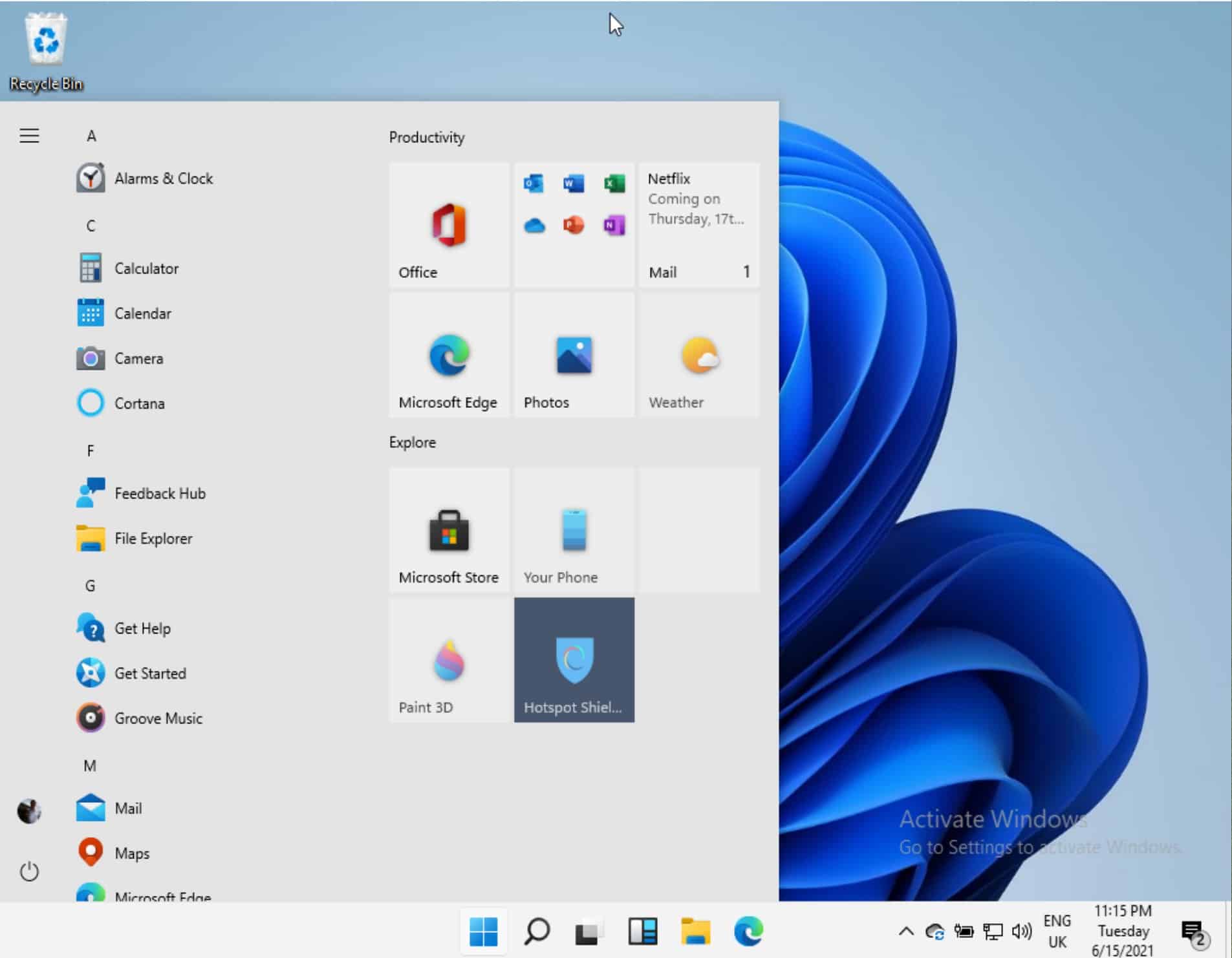
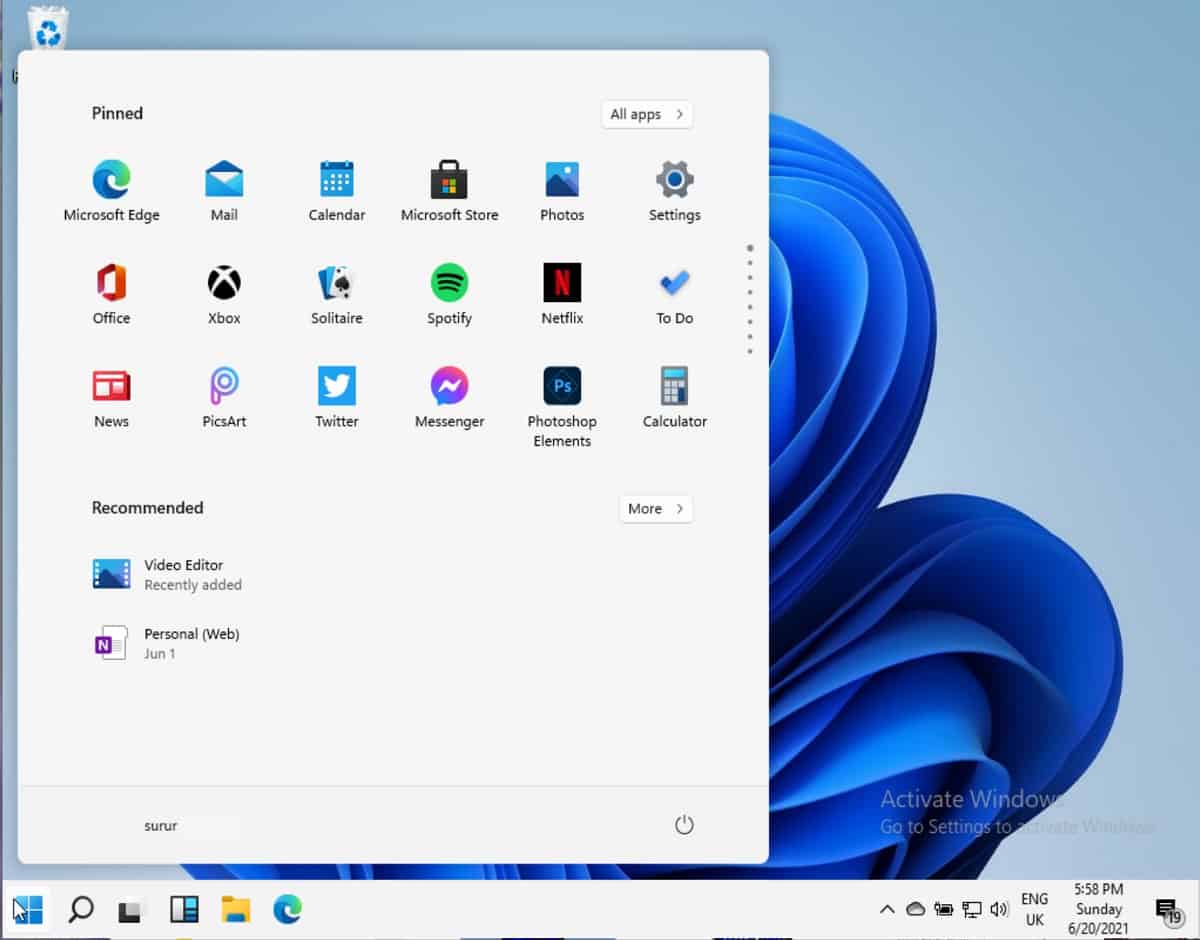
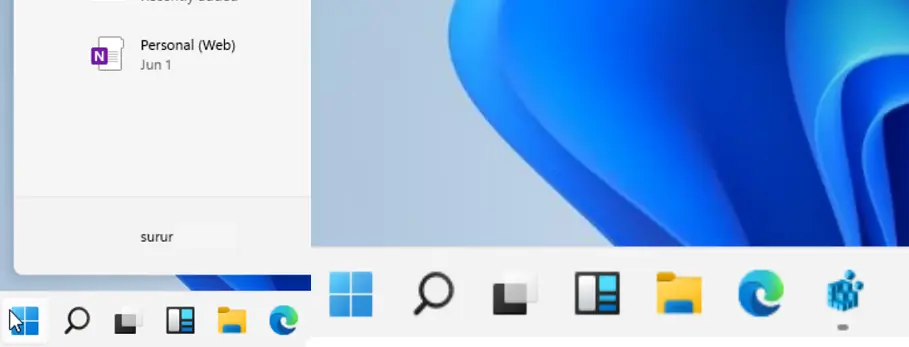
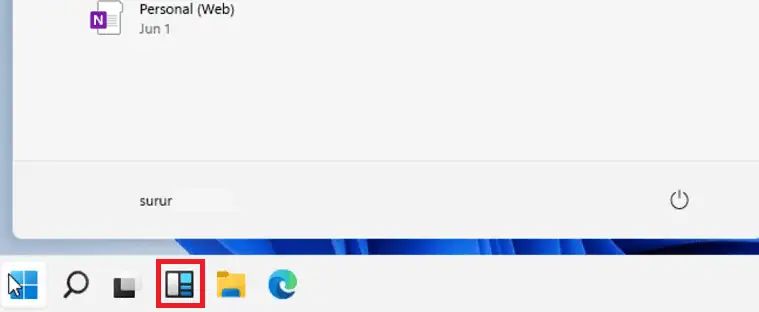








User forum
0 messages